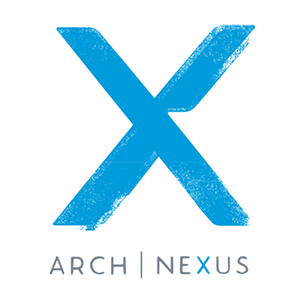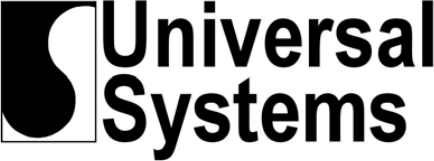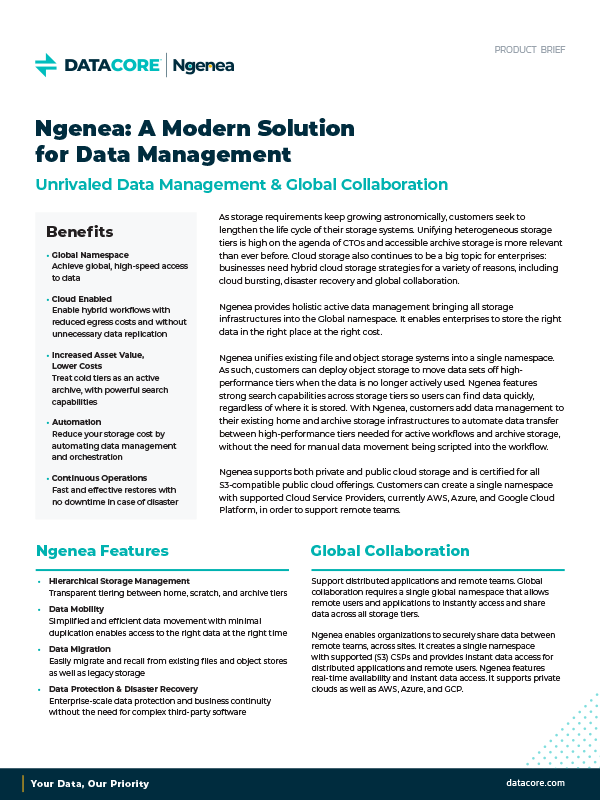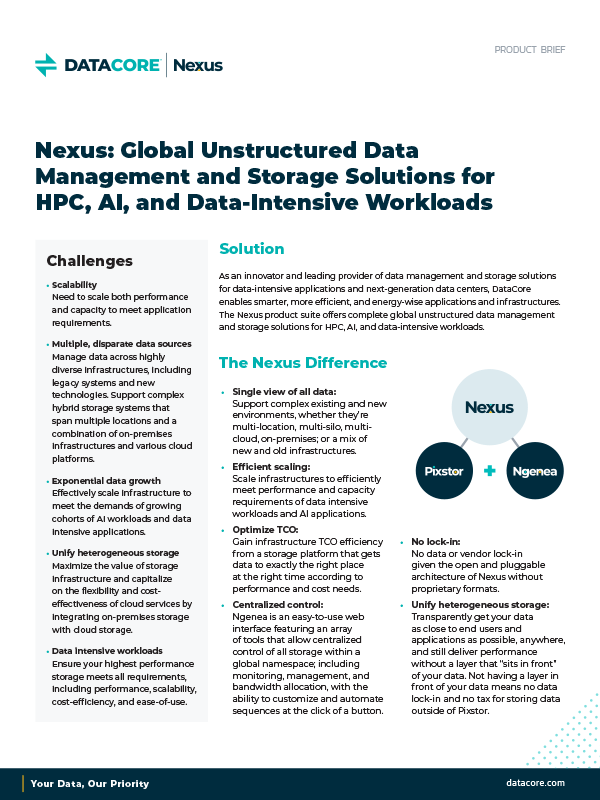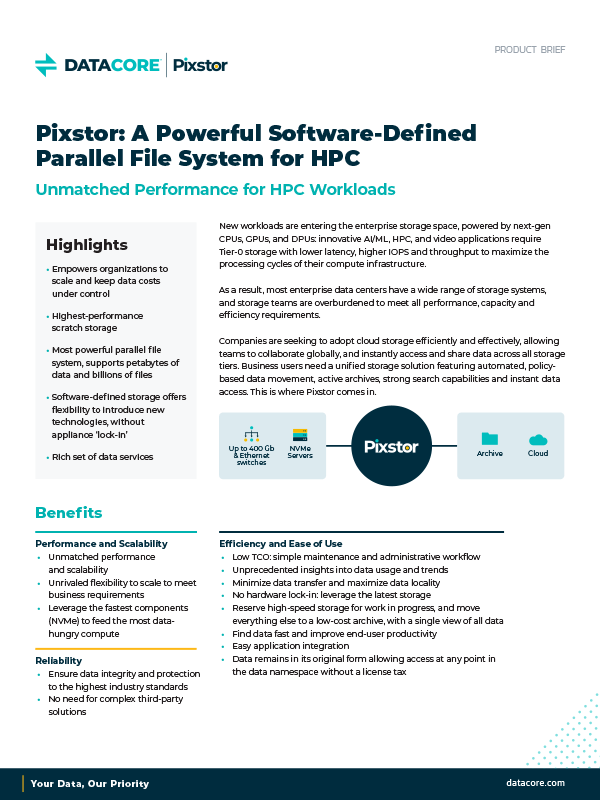
Architectural Nexus uses Autodesk Revit® 3D Building Information Modeling (BIM) software, which has resulted in a massive explosion of data. The 3D modeling produces design files that are highly detailed and complex (the average file size for an Architectural Nexus project is between 300MB-500MB, with some as large as 1.2GB), and require a great deal of performance in terms of I/O and memory to operate properly. If the high-performance computing required for these files is not available, it can easily bring a project to a halt and frustrate users.
As part of its energy-saving efforts, Architectural Nexus made the decision to migrate to a system utilizing Citrix virtual desktop infrastructure (VDI) with NVIDIA GRID. This architecture requires very heavy writes, and high performance was a must. Architectural Nexus originally ran Citrix from a bare metal server with high speed drives, which did not provide the performance needed. Users quickly became frustrated with latency issues, and often complained about the speed.
This was problematic as Architectural Nexus had planned to move 100 power user engineers and architects to virtual desktops. The key requirements were high performance – specifically, fast I/O and very low latency. The firm decided it needed to add another SAN but soon discovered that would be too cost-prohibitive. To make matters worse, the firm’s existing Compellent SAN was also going out of support, which would have required them to make a forklift upgrade.
Architectural Nexus began a comprehensive review of its current infrastructure, and found that it had multiple silos of data. They decided to consolidate the silos to handle backups more efficiently and have more control, as well as to get a better idea of how disk space was being consumed. As a result, Architectural Nexus chose to go in a different direction to manage data, and began searching for a more cost-effective solution.
